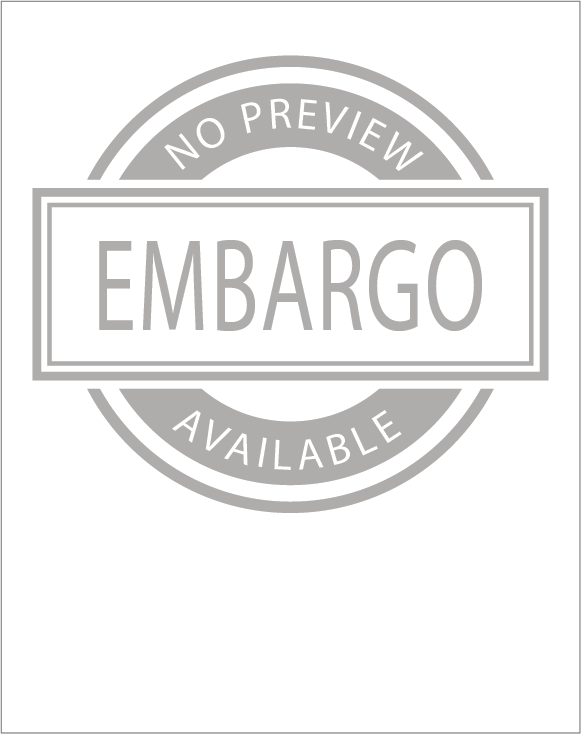Abstract
“Of Sea and Silt” explores how poetic engagements with natural ecosystems and landscapes, specifically the meeting places of water and earth, offer new ways of conceptualizing humans’ relationships with the evolving environments we inhabit and imagine. This project demonstrates how twentieth and twenty-first century anglophone poetry which engages with the natural world reveals the manifold ways in which humans are not separate from the environments we dwell in but rather are deeply embedded parts of them with an active role in shaping their futures. Poetry of watery ecosystems––rivers, coastlines, and what I call the hidden waters in bogs, wells, and bodies––utilizes language to reconceptualize and reenchant the nonhuman world. In doing so, such poetry argues for the importance of recognizing that we are existentially entangled with the nonhuman and even nonliving elements of our planet. Chapter 1 considers the river poetry of Ted Hughes and Alice Oswald, who both acknowledge that a deeply embedded relationship exists in the muddy interstices between positive and negative ecological engagements with rivers, between conservation and destruction. Hughes’s work serves as a model for Oswald’s own poetry in which she develops an approach I call the fluvial imaginary to provide a voice for Britain’s rivers. Chapter 2 pairs Derek Walcott with Medbh McGuckian. This chapter reads each poet’s works with attention to their shared oceanic and coastal imagery, uncovering what I call the littoral feeling in their poetry to reveal how these writers work through questions of identity within societies which are themselves in transition between colonial pasts and postcolonial futures. Chapter 3 brings Dylan Thomas and Seamus Heaney together to examine what I call hidden waters. This chapter reveals how Thomas’s and Heaney’s poems highlight the porosity of the division between the body and its environment, between life and death, in order to develop a new approach to thinking about the boundaries between the human and nonhuman. Finally, the project’s Coda argues that the poetry of Romeo Oriogun and his lyric meditations on water offer hope for an ecologically-engaged future.
Table of Contents
This table of contents is under embargo until 21 August 2031
About this Dissertation
Rights statement
- Permission granted by the author to include this thesis or dissertation in this repository. All rights reserved by the author. Please contact the author for information regarding the reproduction and use of this thesis or dissertation.
| School |
|
|---|
| Department |
|
|---|
| Degree |
|
|---|
| Submission |
|
|---|
| Language |
|
|---|
| Research Field |
|
|---|
| 关键词 |
|
|---|
| Committee Chair / Thesis Advisor |
|
|---|
| Committee Members |
|
|---|

